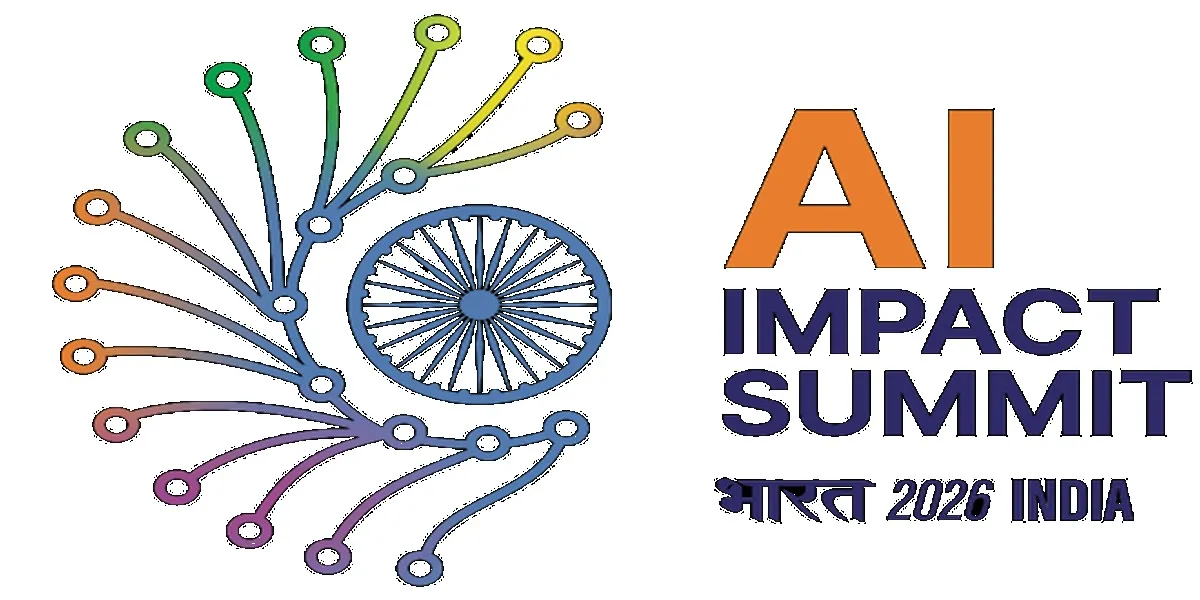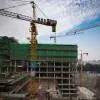Infrastructure opportunities in Tier-II, Tier-III and Tier-IV cities are immense, says President, CREDAI National
01 Dec 2017
7 Min Read
CW Team
Owing to their demographic and infrastructure capabilities, the Tier-II, Tier-III and Tier-IV cities provide huge opportunities to the country to expand its economic base<span style="font-weight: bold;">.</span> While India has already witnessed a massive influx of people and industrial activity in the metros, there is an urgent need for the emergence of new urban centres, which will not only add to the country's economy and employment opportunities but lessen the burden on the Tier-I cities. With this, Confederation of Real Estate Developers Association of India (CREDAI), with its plans of expanding its presence from 177 city chapters to 300 cities in the country by 2018, intends to amplify and tap this unrealised promise of the non-metro cities to propel their infrastructure proficiency and capacity to match metro cities. <span style="font-weight: bold;">Jaxay Shah, President, CREDAI National,</span> shares more on opportunities in Tier-II, Tier-III and Tier-IV cities with <span style="font-weight: bold;">SERAPHINA D'SOUZA.</span>
<p></p>
<p> <span style="font-weight: bold;">As a body, how is CREDAI working towards the Housing for All by 2022 initiative? What are the infrastructure opportunities in Tier-II, Tier-III and Tier-IV cities?</span><br />
The Prime Minister's dream of Housing for All by 2022 is an initiative that is fully appreciated and supported by CREDAI. </p>
<p>We have been urging developers across the country to take up more such projects. Back in April, CREDAI member developers committed to building over 375 affordable housing projects by 2022. The infrastructure opportunities in Tier-II, Tier-III and Tier-IV cities are immense. </p>
<p>Initiatives such as the 100 smart cities and Atal Mission for Rejuvenation and Urban Transformation (AMRUT) are definitely a step in this direction, and are in line with recognising the long-term growth potential of these cities. Driven by skilled workforces, enhanced connectivity and socio-economic momentum, these cities can see accelerated growth in various sectors, including tourism, warehousing and manufacturing. </p>
<p> <span style="font-weight: bold;">How is CREDAI ensuring the adoption of superior construction techniques in these cities?</span><br />
Today, India is witnessing a paradigm shift - technology has positively affected our lives and made a breathtaking change. Superior properties and technologically-advanced materials are going to be the future of Indian real estate. Many of our developers in Tier-II, Tier-III and Tier-IV cities plan to opt for prefabricated building solutions and tunnel technology over traditionally constructed homes as it saves time and money over the life of the structure.</p>
<p> <span style="font-weight: bold;">What challenges do developers face to raise funds?</span><br />
Delayed approvals are the biggest challenge faced by developers, which results in cost-escalation as well as inordinate delays in project completion. Also, the lack of low-cost funding, especially land funding, is a major challenge. We expected that funding for our basic raw material - land - would be allowed after the housing industry was accorded infrastructure status. Frequent changes in development control laws, creating unpredictability in outcomes, is another major hindrance in the decision-making process and increases costs as well. </p>
<p> <span style="font-weight: bold;">What are the most promising cities among the Tier-II, Tier-III and Tier-IV cities?</span><br />
CREDAI has recently launched a joint report with JLL titled 'India's Future Cities'. The report highlights the need for new urban centres in the country and shortlists 45 potential mega cities such as Nagpur, Lucknow, Jaipur, Kochi and Bhopal, among others. The study bases its findings on key parameters such as socio-economic momentum, enhanced connectivity infrastructure and high-value indicators.</p>
<p> <span style="font-weight: bold;">As per a recent CREDAI-CBRE report, Indian real estate is likely to attract $7 billion investments in 2017. What factors are attracting FDI in the sector?</span><br />
The Indian real-estate sector has always attracted investments in the form of FDI. We have been seeing a similar trend in the recent past, with the implementation of RERA providing a spike in that interest. The highly regulated, transparent and accountable industry is now the focus of much more attention from both domestic and foreign investors. It comes as no surprise that the consumer-centric culture currently prevalent in the industry has consequently resulted in higher figures than before. </p>
<p> <span style="font-weight: bold;">Talks are ongoing for GST for the real-estate sector. Does CREDAI consider this a practical move, wherein all central, state and local taxes will be subsumed into GST?</span><br />
At CREDAI, we recognise the earnestness in eradicating the parallel economy as a positive and defining feature of the government policies. GST is being levied on construction services already, while land is subject to stamp duty by states at rates varying between 5 per cent and 8 per cent. We believe that the burden on homebuyers needs to be kept to a minimum, especially at this juncture. The difference in land value costs is also something that needs more attention under GST, with developers from metros at a disadvantageous position owing to the high cost of the land available to them for construction purposes. </p>
<p> <span style="font-weight: bold;">How has RERA proved to be a boon to the real-estate sector? How has the Act impacted the operations and functions of the builder fraternity?</span><br />
RERA is ushering a new wave of growth by increasing transparency, homebuyer and investor confidence, and eventually helping in the sustainable growth of the sector and the overall economy. The reform is helping to streamline all the processes, thereby facilitating a transparent ecosystem for all. Homebuyers are at the heart of these reforms, and all the provisions are designed to benefit them and protect their interest. We have been witnessing the same through a change in home-buying sentiment, resulting in an overall recovery of the real-estate sector.</p>
<p>There has been a significant change in the standard operating procedures for developers to follow, with a drastic increase in compliances and regulations. We are expecting a consolidation in the industry, which will negatively affect the inventory and might increase housing prices in future, owing to the mismatch in demand and supply. </p>
<p> <span style="font-weight: bold;">What are the pain-points in the real-estate industry that need to be addressed?</span><br />
First, a single-window clearance system for affordable housing projects will go a long way in smoothening and fast-forwarding the process and will facilitate the momentum of the segment. Second, while the implementation of RERA is revolutionary and commendable, the lack of infrastructure and clarity provided by some states on this reform has led to many developers being at a disadvantageous position. The lack of a regulated market with RERA may have also led to a loss in investments and revenue for the state governments. Third, the GST Bill needs to look into different aspects such as the land abatement rate and stamp duty, which is still levied on under-construction properties. It also has to be considered that the value of land in metro cities is much higher than in other regions, leading to a higher tax obligation for developers from Tier-I cities.</p>
<p> To share your views, write in at feedback@ConstructionWorld.in</p>





















